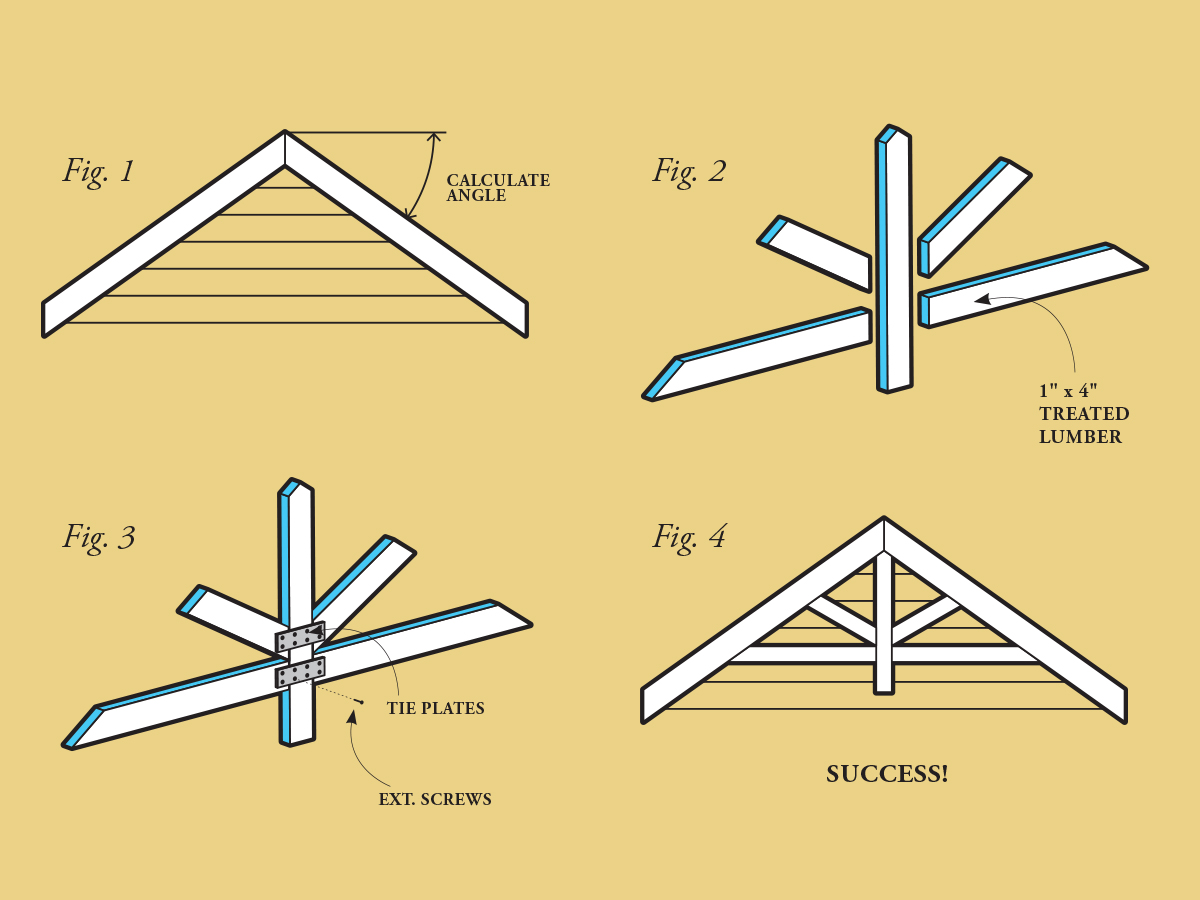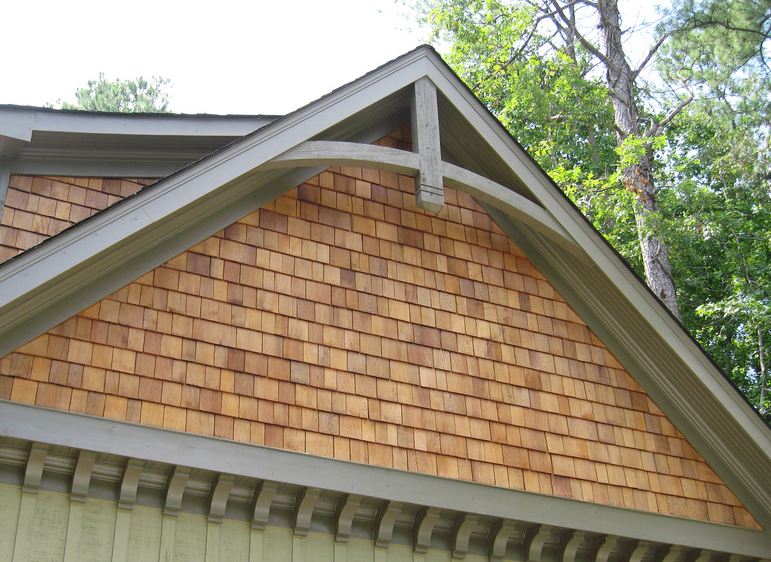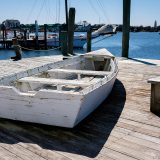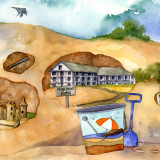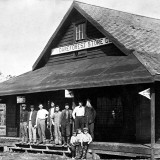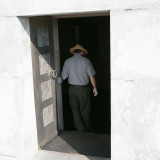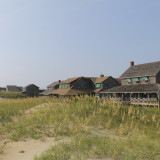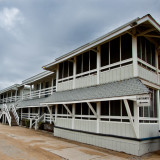John of White Gables
By Amanda McDanel
I grew up with two very handy parents. My dad is an electrician by trade and has a knack for building things, from decks and antique cars to radio controlled planes (ask me about the to-scale pull-behind Woody he built for my daughter sometime). I spent most Saturdays of my childhood riding around in my mom’s station wagon hitting up every yard sale she deemed worthy by circling the ads in the Friday newspaper. Needless to say, I learned to read a map at a young age by calling out directions as the shotgun co-pilot.
She loved refinishing things, but mostly furniture and houses. Armed in a dirty jumpsuit, my mom would wield a paint stripping heat gun in one hand and a sander in the other. I could buff and refinish hardwood floors before high school. DIY just runs in my blood.
My best friend grew up with the same sort of parents and then she married her college sweetheart—only to learn he didn’t know a hammer from a wrench. She went from “Fix this, Dad” to a man whose handiest accomplishment in their first year of marriage was hanging a picture level. Said friend’s husband has since either gone to “Home Depot School,” watched a lot of YouTube tutorials, or made a lot of handy friends as he has now installed tile backsplash, has an elaborate Christmas light display, and built a fire pit.
Luckily, being handy runs in my husband’s blood. He has learned to stop questioning why I want him to pick up a set of trailer steps from the side of the road and has actually embraced finding his own ways to create beauty with reused materials. This has gotten to the point where I will find him outside with a pile of wood and a hammer before I even knew he was planning to do a project. In this issue I will feature Mr. McD’s latest project that is sure to add another piece of flair to your typical beach box.
Beach boxes are kind of the standard everyday home on the Outer Banks. Yes, you will see the old Nags Head style and larger rental homes, but many year-round residents live in either saltboxes or beach boxes. A saltbox style has a pitched asymmetrical roof while a beach box is square with a gable roof. A gable is the triangular portion of the wall between the edges of the intersecting roof pitches, according to Wikipedia. It is the pointy top on the front of your house, according to this writer.
Mr. McD thought that our gable looked naked so he started a new project. After driving around gable-peeping throughout the neighborhood, he hand-sketched a design to add a nautical touch. Mrs. McD calls it gingerbread trim but Mr. McD assures you it is not and admonishes me for calling it that so just forget that description, mmmkay? To create your own (classy gingerbread), you will need:
- 1”x4” salt-treated or pressure-treated wood—you’ll need 12 to 16 feet, depending on your gable size
- Metal tie plates
- Exterior wood screws
- Primer and paint color of choice
To begin, you will need to calculate your roof’s angle (figure 1). There are several websites that can help you calculate this by measuring the rise and run of your roof. Just pop it into a Google search if you need help on this part. Once you have determined the angle, you can sketch the design you like by again doing a little neighborhood or internet recon, and then cut the boards according to your design. Measure twice, cut once (figure 2). There are plenty of variations in style from true gingerbread to colonial to modern—just select one that best represents your house’s personality.
Join the board configuration using the metal plates and screws on the back side of the design (figure 3). An electric drill/screwdriver is handy here. After the gable bracket is assembled, you will prime and paint the wood (we went with white to match the house trim), and install it under the roofline against the trim with exterior wood screws (figure 4).
The project costs well under $50 and adds some major wow-factor and personality to your house. It can be completed in a day or a weekend if you are slightly DIY challenged or have small children you must wrangle. If you aren’t the least bit interested in screws and power tools (but you can fiercely wield your credit card), you can purchase these premade by searching for a “gable bracket,” but they will cost you $150-300 plus for something that can be made for a fraction of that cost. However, if you choose to buy your own gingerbread, I won’t judge. Just borrow someone’s Mr. McD to install it for you.


